So, you want to sell something online. What’s the first thing you should do? That’s right, you need to build your business’ online platform.
A simple website is just not enough while coding one from scratch takes time, skills, or money.
Instead, you want a user-friendly platform that makes the best out of social and marketing channels, while keeping your business operations simple.
Enter landing pages, sales funnels, and online stores!
However, these terms may confuse someone who’s just starting, right? How come they aren’t the same thing? Which one should suit your business?
Don’t worry. We’ll get to the bottom of that in an instant. Let’s jump in.
What Can I Sell Online?
You can sell almost anything you imagine online. The internet made it easier to manage and sell and distribute your physical products and services.
But not only that – with cyberspace evolving, digital products are also getting in demand. There’s a variety of tools, platforms, and strategies that can help your online business thrive.
Therefore, now’s definitely the perfect time to start your venture. Let’s see what are just some of the things you can sell online.
Physical Products
Ecommerce is a particularly thriving business. The recent circumstances have been a catalyst to move the majority of stores online.
Traditional retailers have discovered that eCommerce can cut costs while streamlining business operations and giving valuable insight into customer behavior. So, we’ll probably keep seeing new and innovative online stores emerging in the future.
Services
You can move your own service business online. Be it a local service such as car wash or store delivery to business consulting or insurance.
All these businesses are starting to use online payment processes, social channels, and tools to aid them in their daily operations.
These new business procedures gave birth to new types of services as well. Thus, digital marketing agencies or web hosting services became prominent in later years.
Software
Every passing day makes software more ingrained in our lives.
For that reason, the demand for software is skyrocketing every day. From utilities and apps to help us with our daily activities, to tools that bring our business operations to the next level.
READ MORE >> Are you ready for BFCM 2021?
Nowadays entire companies are built around selling a particular tool to the designated audience.
SaaS (Software as service) industry is booming as digital tools are becoming an integral cog in various systems worldwide. So, it’s essential to consider the right SaaS spend management software when managing SaaS projects.
Courses and Memberships
If you’re good at something, you can build an entire community around it. The Internet helped experts in their craft and industry heavyweight share their knowledge with a vast audience.
In recent years, you may have come across plenty of courses by experts for various verticals. From broad niche stuff like fitness, health, business, to some pretty narrow courses such as rock climbing.
All this is possible today thanks to membership websites that provide a platform to create, market, and sell courses and content.
Plenty of membership websites record 6 figures of yearly revenue!
Anything Else You Imagine…
Newsletters, blogs, digital images, photography, podcasts are all things that you can sell online and make a hefty buck.
However, before you start your online adventure, you need to think of a platform to build it on. Currently, three default platforms suit different business requirements:
· Landing Page
· Sales Funnel
· Online Store
Which one do you need?
Let’s find out. 👇
What Is a Landing Page?
At first glance, there isn’t plenty of difference between a landing page and your traditional website.
However, a landing page has only one goal in mind: conversion. Therefore, it has a simple design where everything points to action.
The only goal of the landing page is to convert the visitor either by buying a product/service or signing up to an email list (thus becoming a lead).
It often behaves like a “bridge” between the first touch point (paid ad, intriguing content, or any other type of promotion) and conversion.
Here’s how a typical landing page works:
1. A person clicks on the first touchpoint that sends them to the landing page.
2. They “land” on the website.
3. A visible CTA propels the prospect to act.
4. They are sent to the “thank you” page informing them about the next steps (check your inbox / download link / product is shipped, etc)
When to Use a Landing Page?
Landing pages are extremely useful when you’re promoting a single conversion goal.
Their on-point minimalistic design helps increase conversion rate while bringing down your customer acquisition costs.
How? Well whilst your website is designed to showcase the value of the brand and allows visitors to explore, the landing page is conversion-oriented.
Simply put, if you drive a visitor to a landing page, there are only two possible actions – leave or convert.
Therefore, a landing page works best when you already have developed promotional channels and you’re only looking for that final touchpoint. And, it makes landing pages the ideal asset if you’re staging a giveaway to generate leads or conversions.
For example, if you’re running ads for a consulting business your landing page may consist of a calendar with available time slots to book an appointment.
A booked appointment = conversion.
Landing Page Examples
A good landing page should be clear, compact, and on-point. The fewer distractions the better.
Some landing pages can contain regular website elements (e.g., navigation menu) but they should remain unobtrusive compared to the CTA.
Take this Code Academy landing page for example. You can still see the menus on the top-left corner, but they are near invisible to the sign-up form in the middle.
On the other hand, the Stacked Marketer landing page does provide some links below the opt-in form, but they don’t draw you in.
You’ll first get a short-form copy about the product, then CTA, then everything else. All set up for a perfect landing.
The Lyft landing page is actually offering a job opportunity. The web copy is simple, yet effective with an appealing call to action – Sign up and drive.
They just need to verify your phone number and you can start the onboarding process. Simple as that!
What Is a Sales Funnel?
Sales funnel is an automated sequence of pages and actions that guides your potential customer towards the main conversion (or acquisition).
Unlike a landing page where you have one offer and one CTA, a sales funnel can be a series of web pages, emails, articles, etc. that will eventually lead to a purchase.
The top of the funnel consists of people unaware of your product or service (cold audience) while the very bottom is made up of people that are just about to convert.
Thus, every stage of the funnel requires a different approach that’s tailored to the intent of the potential buyer.
This path is often not linear and sometimes it takes additional actions (upsells and downsells) to convert someone.
f this sounds confusing, here’s an example.
Let’s say that you’re a wellness consultant and your end goal is people signing up for your service or program.
This is a sales funnel that you may set up:
1. Something (ad, engaging content, etc) drives traffic towards your website – top of the funnel.
2. The landing page offers a free checklist of weekly habits to get you back in shape in exchange for an email (capture a lead).
3. The following page offers to sell a product that goes along your service (e.g., organic tea) – first upsell.
4. At the same time, you can start sending an email drip with valuable information, links to blog posts, and discounts on products or courses.
5. The person is guided to the final stage of the funnel – sign up form for your service.
When to Use a Sales Funnel?
You should use a sales funnel if you’re looking to automate your sales process while also having clear data on each step of the customer’s journey.
With a sales funnel you have a 24/7 active sales machine that can also give insight to customer’s behavior in each stage of the journey.
On top of that, it allows you to adjust your offers depending on this behavior and provides you a platform to sell multiple products and services that are aligned with each other.
Nowadays, sales funnels are an important part of both services and product-based businesses. They help you plan and optimize your marketing strategy as well as automating a huge part of your business operation.
Sales Funnel Examples
Sales funnels need to provide a hook or a lead magnet that push potential customers into the funnel and then offer stuff depending on the stage of the funnel.
Here’s a little “meta” example. ClickFunnels is a platform that helps you create a sales funnel for your product or service. Now, the meta part is that their web page is a sales funnel as well.
The landing page educates you and prompts you to start a free trial more than once.
If you opt for it, you’ll immediately go to the sign-in page (you become a lead for future upsells and remarketing).
During the pricing and billing stage, you’ll see that the following stage is named “FREE T-shirt” – a nice trick to help you decide.
Finally, if you’re not satisfied with the pricing or decide to go back, you’ll immediately get a downsell:
s you realize, the FREE trial is just a gateway to subscribing to the service. Thus, eventually paying for the service becomes the main goal.
What Is an Online Store?
Online stores (or eCommerce stores) provide buyers with the flexibility to buy goods or services straight from a seller online.
While landing pages and sales funnel have that main conversion in mind, online stores usually offer buyers a wide range of products.
However, this doesn’t mean that you can’t utilize landing pages and funnels to increase your store’s conversions.
For example, a lot of stores use paid advertising to drive visitors to the landing page of their best products. They also leverage sales funnels when optimizing their marketing strategy.
But when a person visits your store, they will usually browse a variety of products or offers. Therefore, one strong CTA or a funnel designed for a particular conversion won’t be enough.
For a store, the most important is to look trustworthy and to look well. Once you drive traffic, you want visitors to stay for as long as possible browsing products.
The hero image should be clear and concise, representing what your brand’s about.
The landing page should outline the features of the product and can contain a CTA (shop now) button, as well as an opt-in form to collect emails.
You can also include social channels buttons, an about and contact section, and even a blog.
However, the most important thing is to make sure it loads fast to decrease the bounce rate. A great-looking store that takes a long time to load will convert much less than an average store that works smoothly.
When to Use an Online Store
You should use an online store if you sell multiple products or services as opposed to one clear offer.
It may represent an online version of your brick-and-mortar store, or be an established online-only eCommerce store. You can power it by standalone website store builders like Shopify, or using third-party plugins like WooCommerce.
Ecommerce platforms like Shopify also have a wide range of tools and applications to make all your marketing and selling easier.
Therefore, it’s your choice whether you’d want to make the store the focal point of your website, or just an extension of your brand’s website.
The key upside of having a store is that you can sell literally thousands of different products and manage inventories. As commerce moves online, the possibility of choice will play a huge role for your customers.
Long story short, if you can (or aim to) sell a wide range of products or services, you should start building an online store.
Online Store Examples
The best online stores have a slick design and focus on user experience.
For example, Gymshark utilized a smooth user experience to become one of the fastest-growing and most profitable online stores.
The majority believes that online stores sell physical products only but that’s not the case.
Take a look at RetroSupply, a website selling brushes, textures, and other interesting features for photo editing software such as Adobe Photoshop.
Some stores mix it up with digital content and physical products. For instance, Uppercase magazine has a Shopify store where you can buy the digital version but can also order the paperback issue.
Therefore, it doesn’t matter whether you have a physical or a digital product. As long as you have a good online store, you’ll sell.
What If You Want All Three?
A landing page, a sales funnel, a store… they’re all there for a specific purpose.
However, as online shopping evolves and customer behavior changes, you may realize that neither quite fits your goal.
Instead, you’d want to have all three in one. A landing page to drive traffic with your ads, a sales funnel if for your courses or membership program, and a storefront for your digital or physical products.
So instead of building them separately, you should have a platform to do it all at once. But is it possible?
It definitely is, with the latest emerging tools such as Hyax.
Why Use Hyax?
Hyax is a selling platform that combines the best bits of funnel builders like ClickFunnels and store builders like Shopify.
So instead of opting for one or the other (or using a bunch of plugins and integrations), you’ll have everything on your plate. Including course creation tool and membership or subscription options.
With Hyax, you don’t have to think twice about the type of platform you need for your online product/service. You can have all at once or design one unique to your brand.
The same goes for your online product. You can have a storefront for physical goods while also having a membership area where you can paywall content, hold webinars, or promote special offers.
All this without needing third-party integrations.
You just need to go to Hyax website and sign up and start building your new business. Let us know how it goes!
Choose Your Platform Wisely
The platform you choose for your business will define its success.
Choosing a landing page is a good start if you want to drive one specific conversion. But sales funnel can make more profit long term with various upsells and downsells, and storefront is an entirely different beast.
As things stand, the three will converge at some point, making forward-thinking platforms like Hyax stand out as winners.
Therefore, if you have a great business idea, make sure to do it justice by using a great selling platform as well.
Do you agree? Which platform would you recommend? Let us know by leaving a comment below.

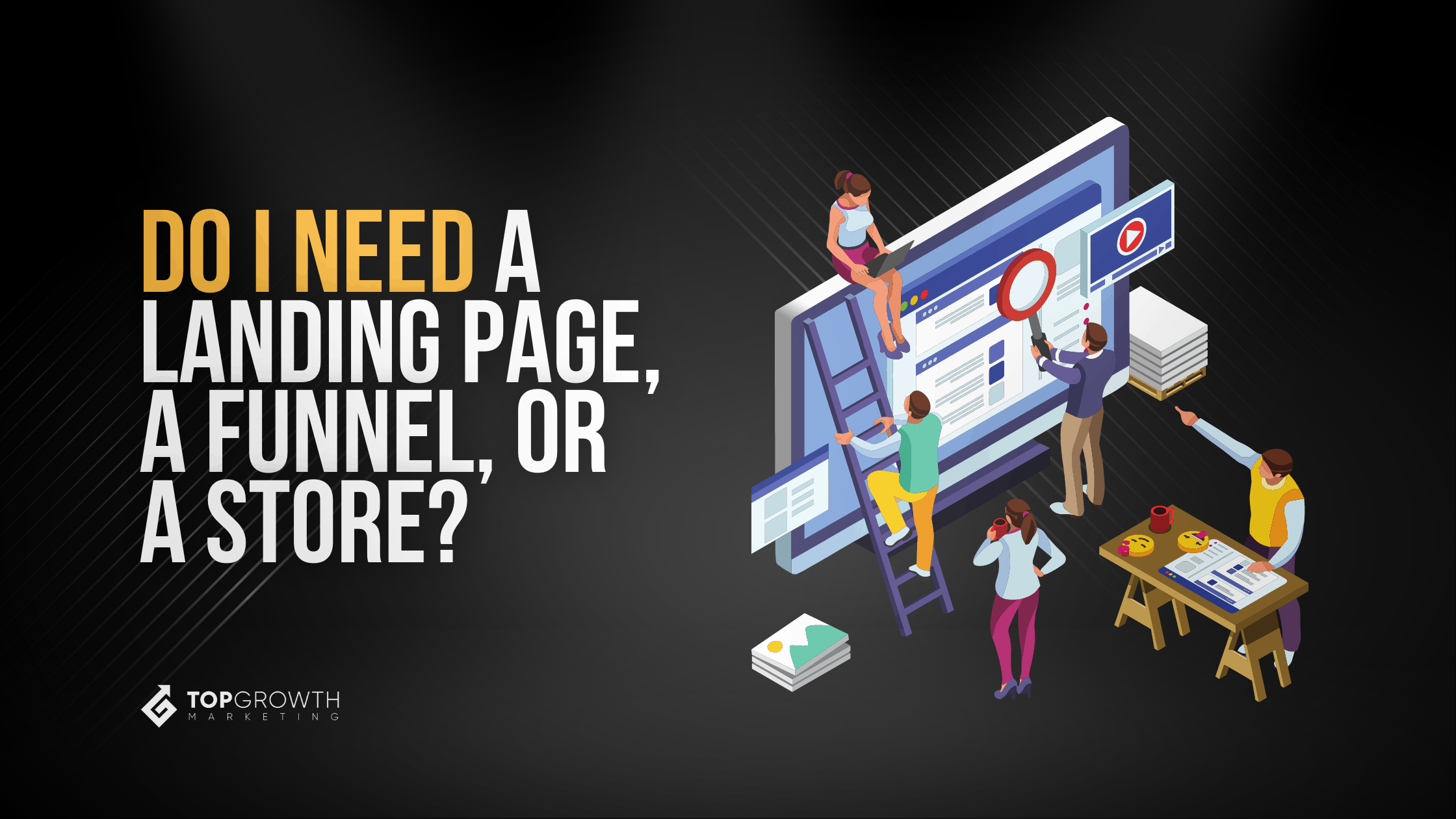
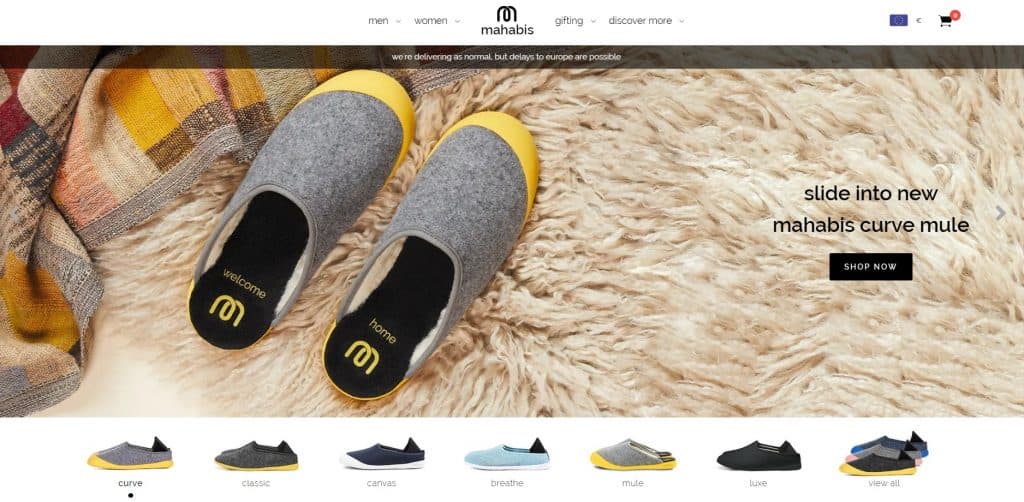
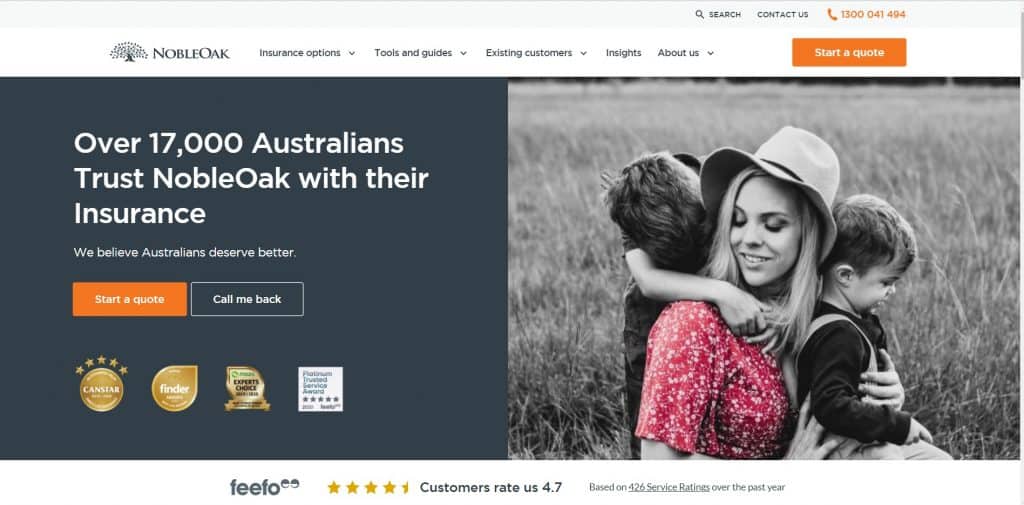
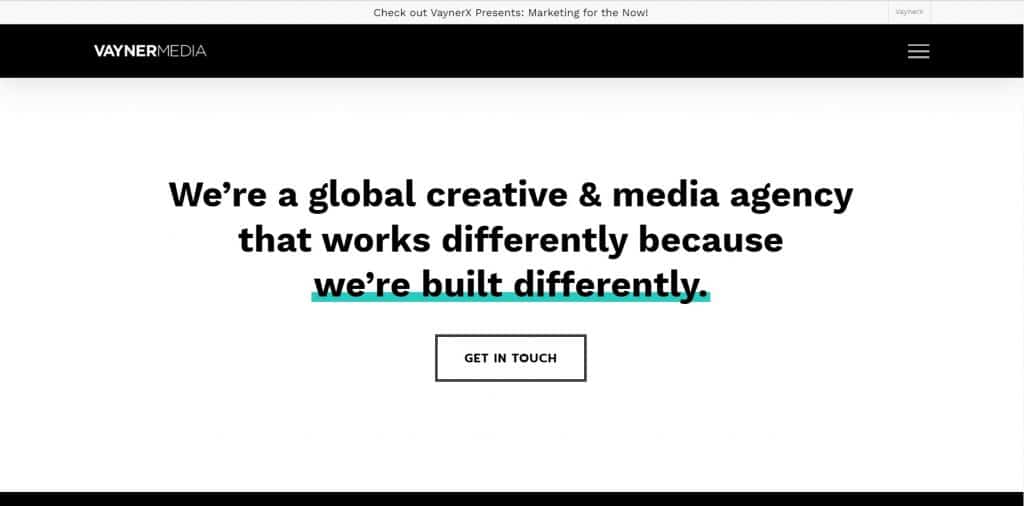
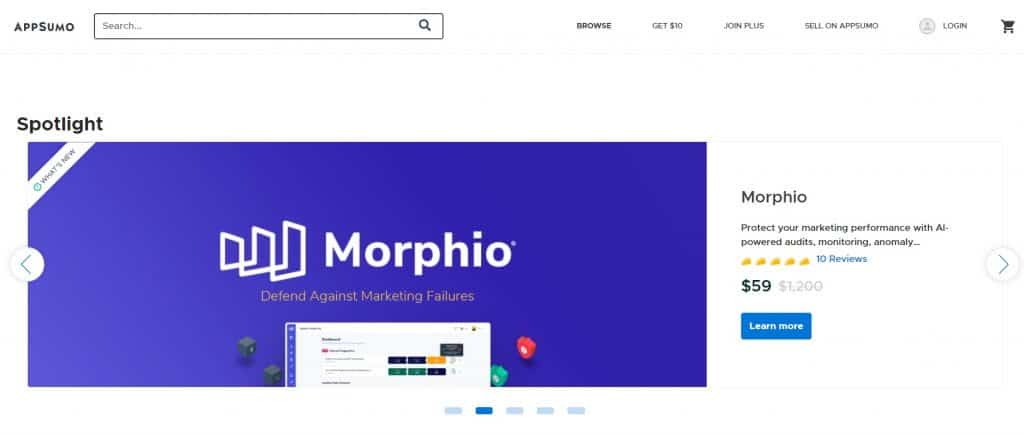
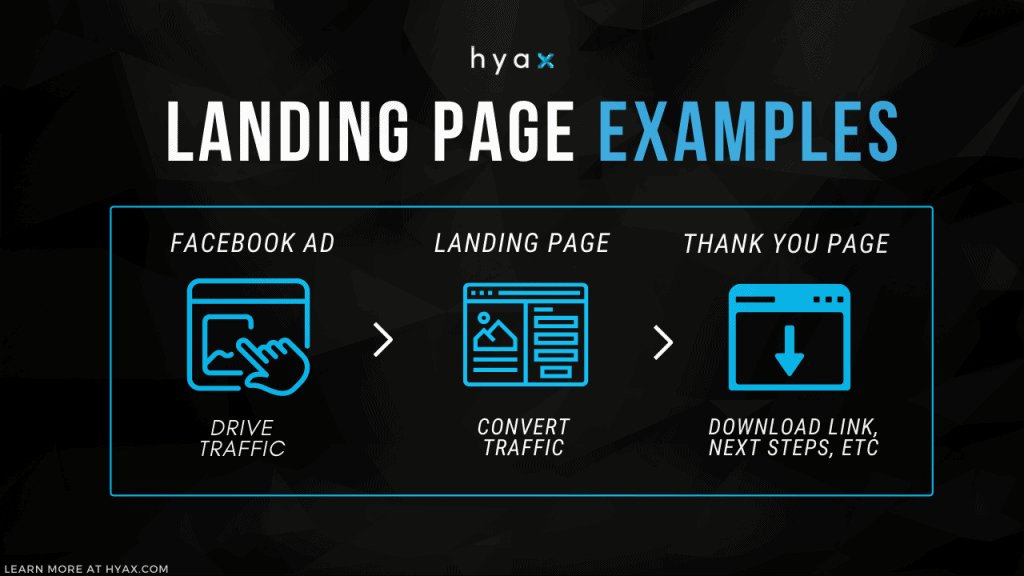
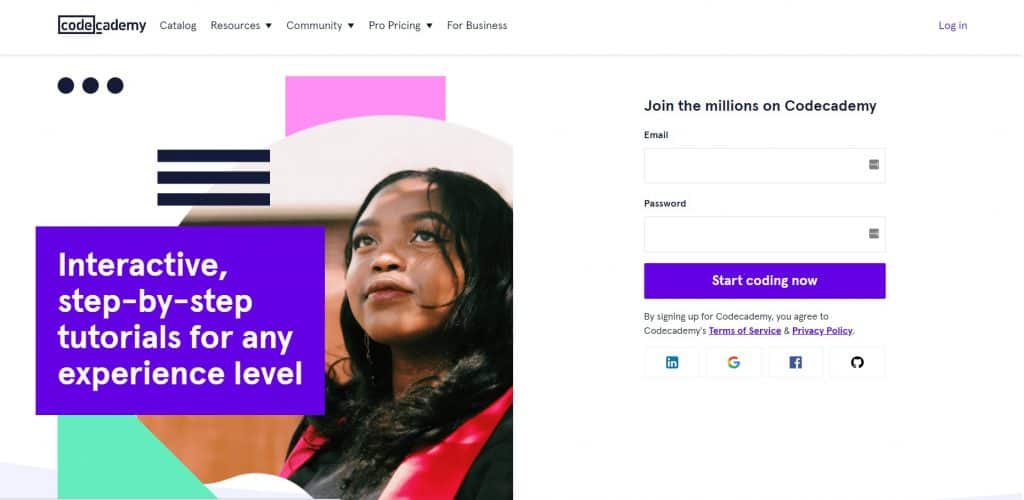
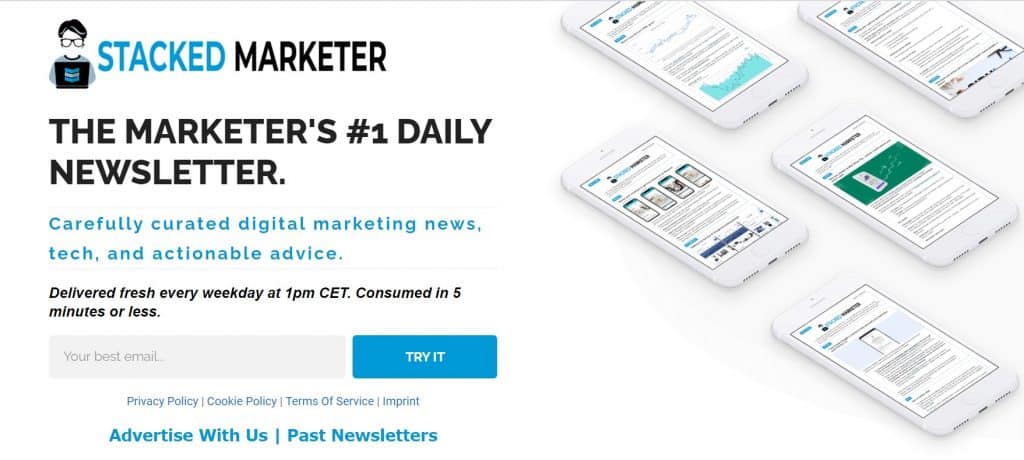
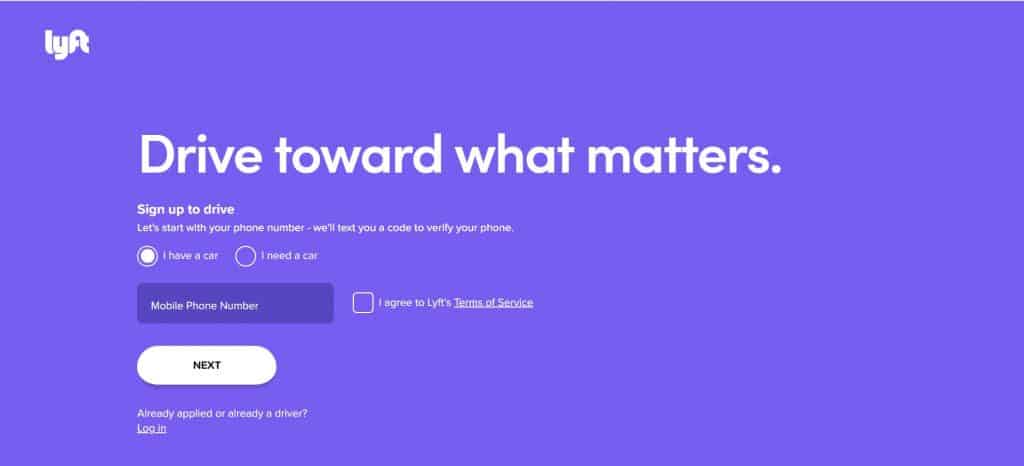
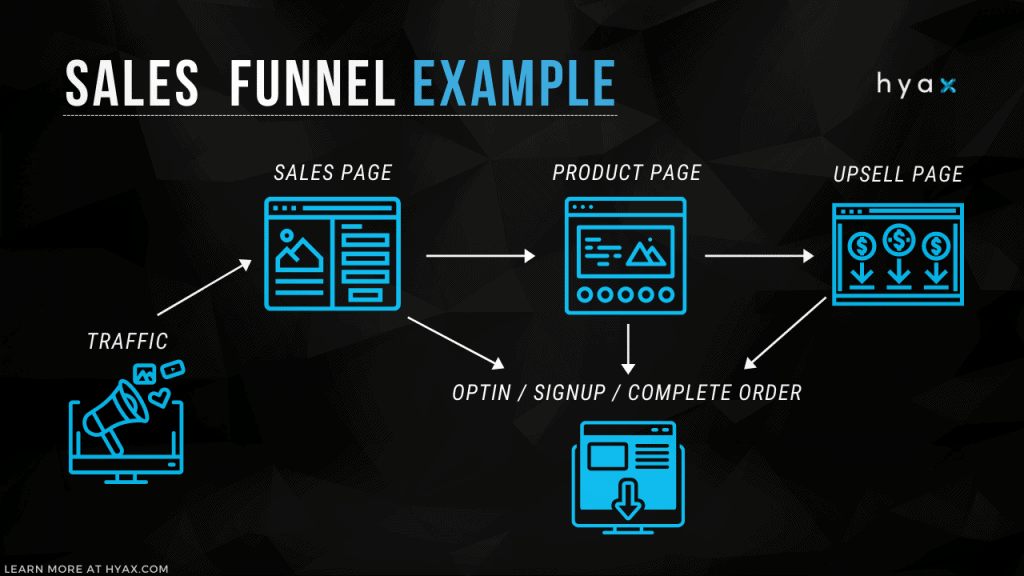
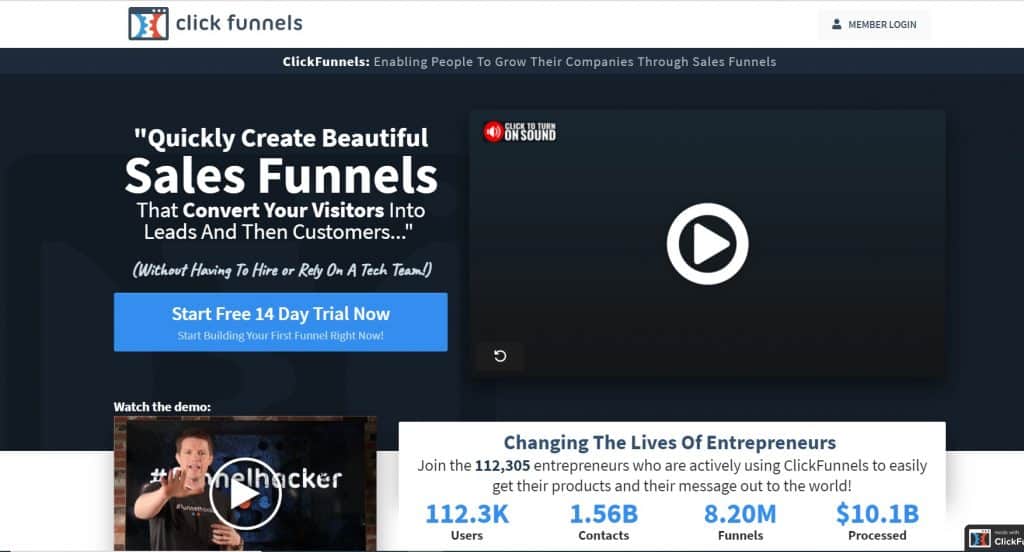
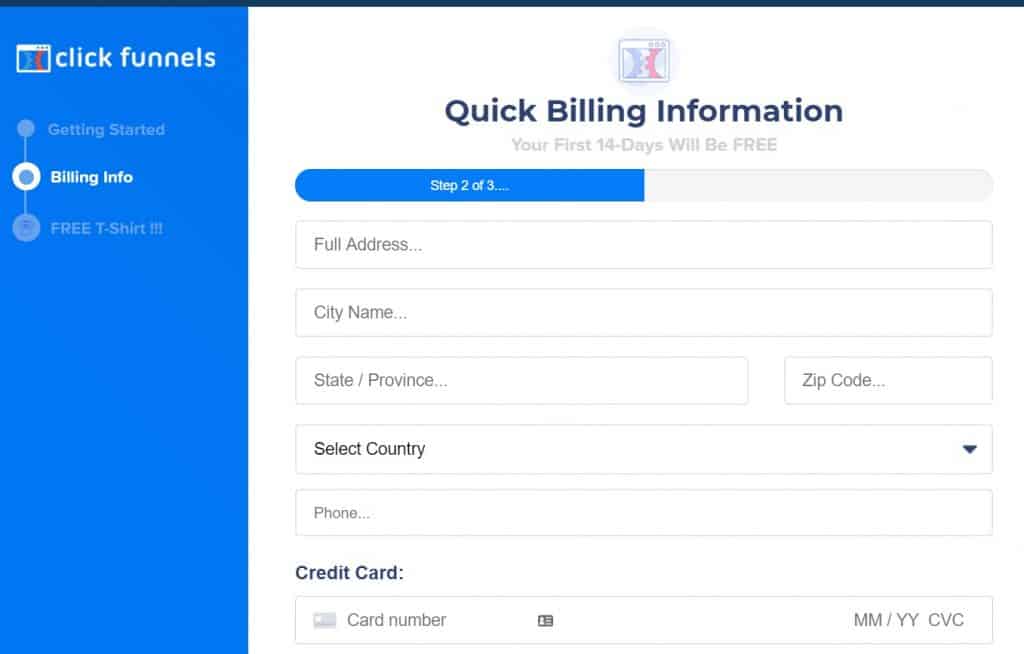
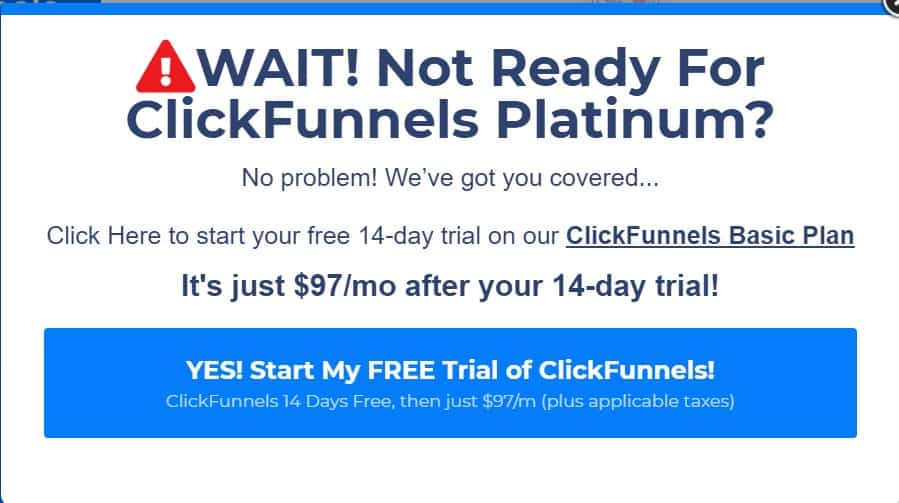
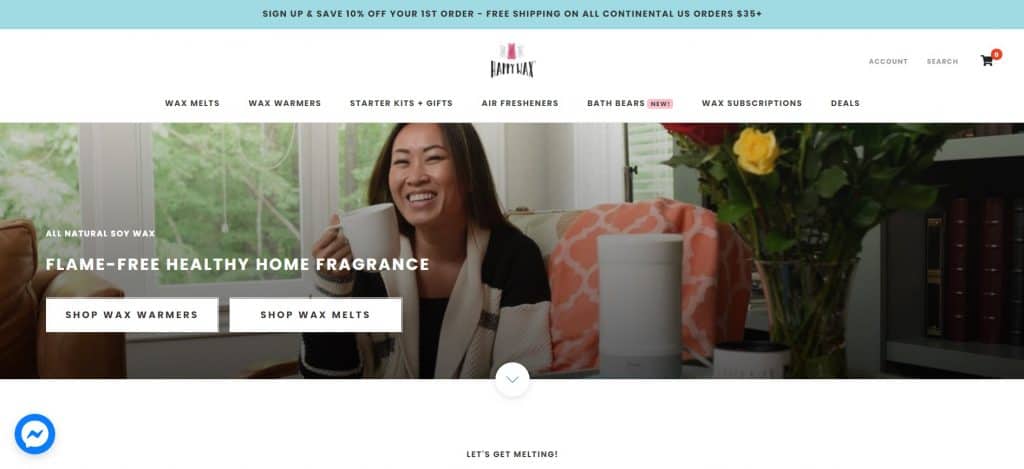
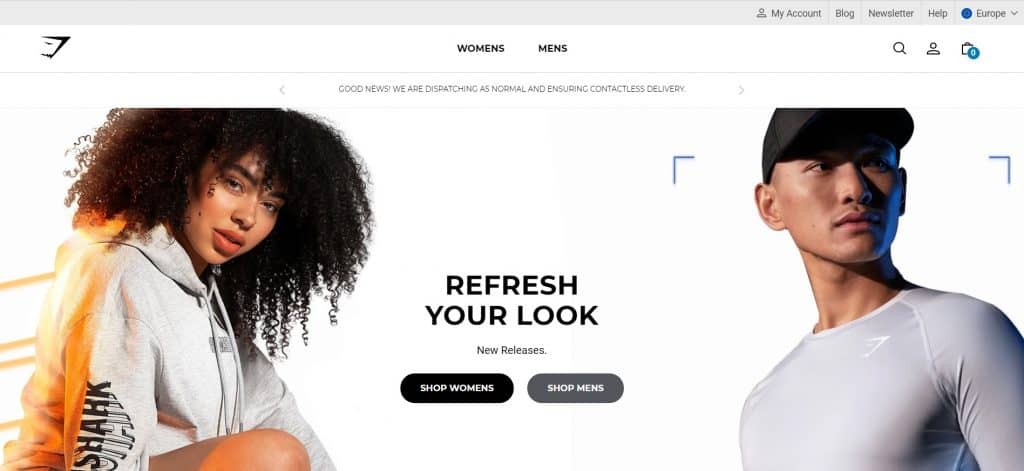
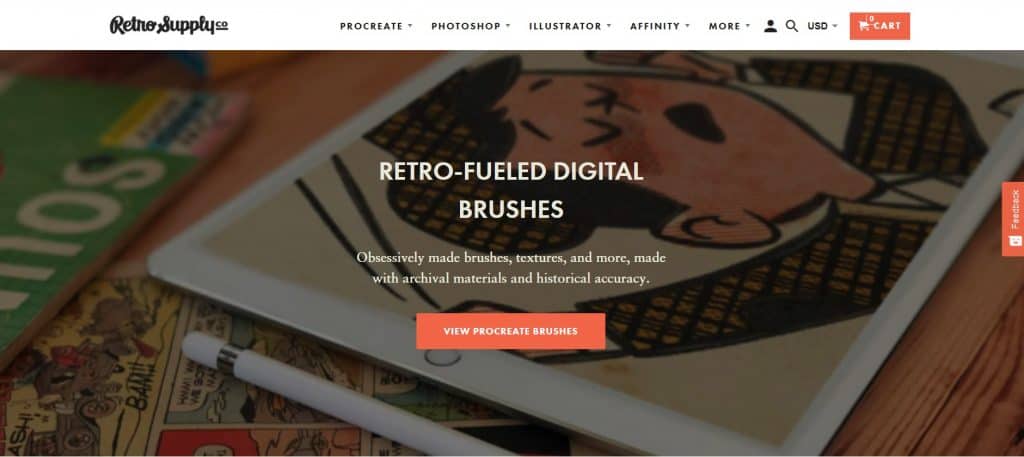
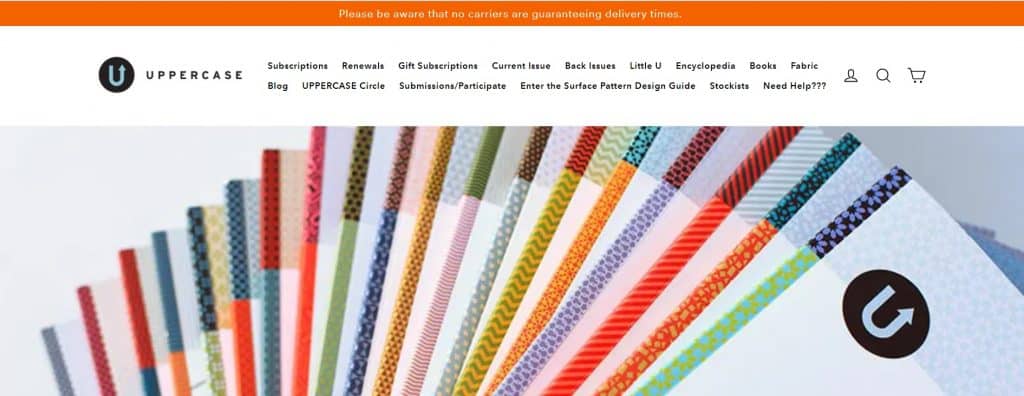
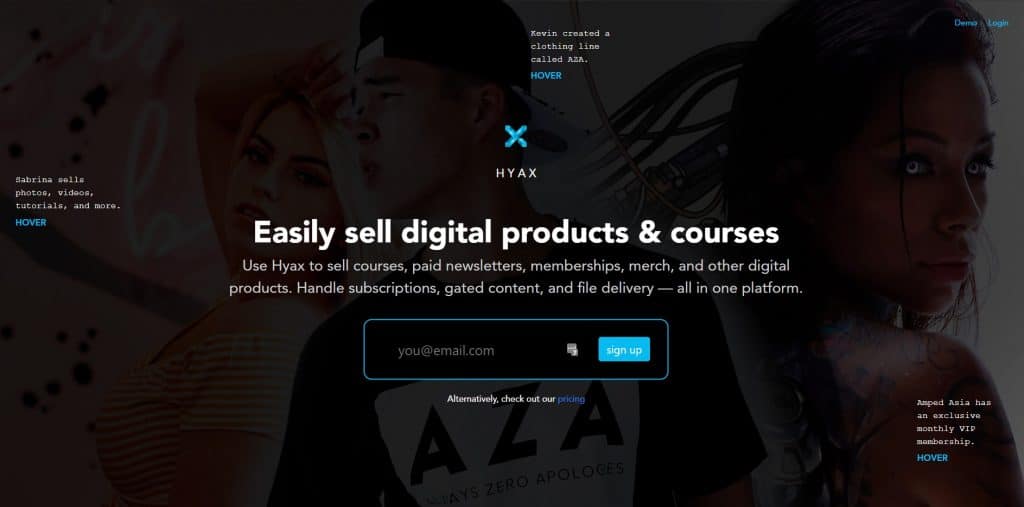

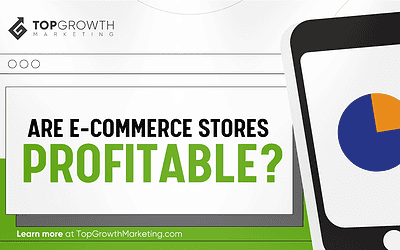
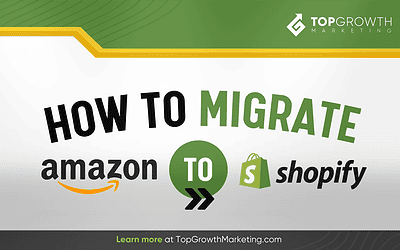
0 Comments